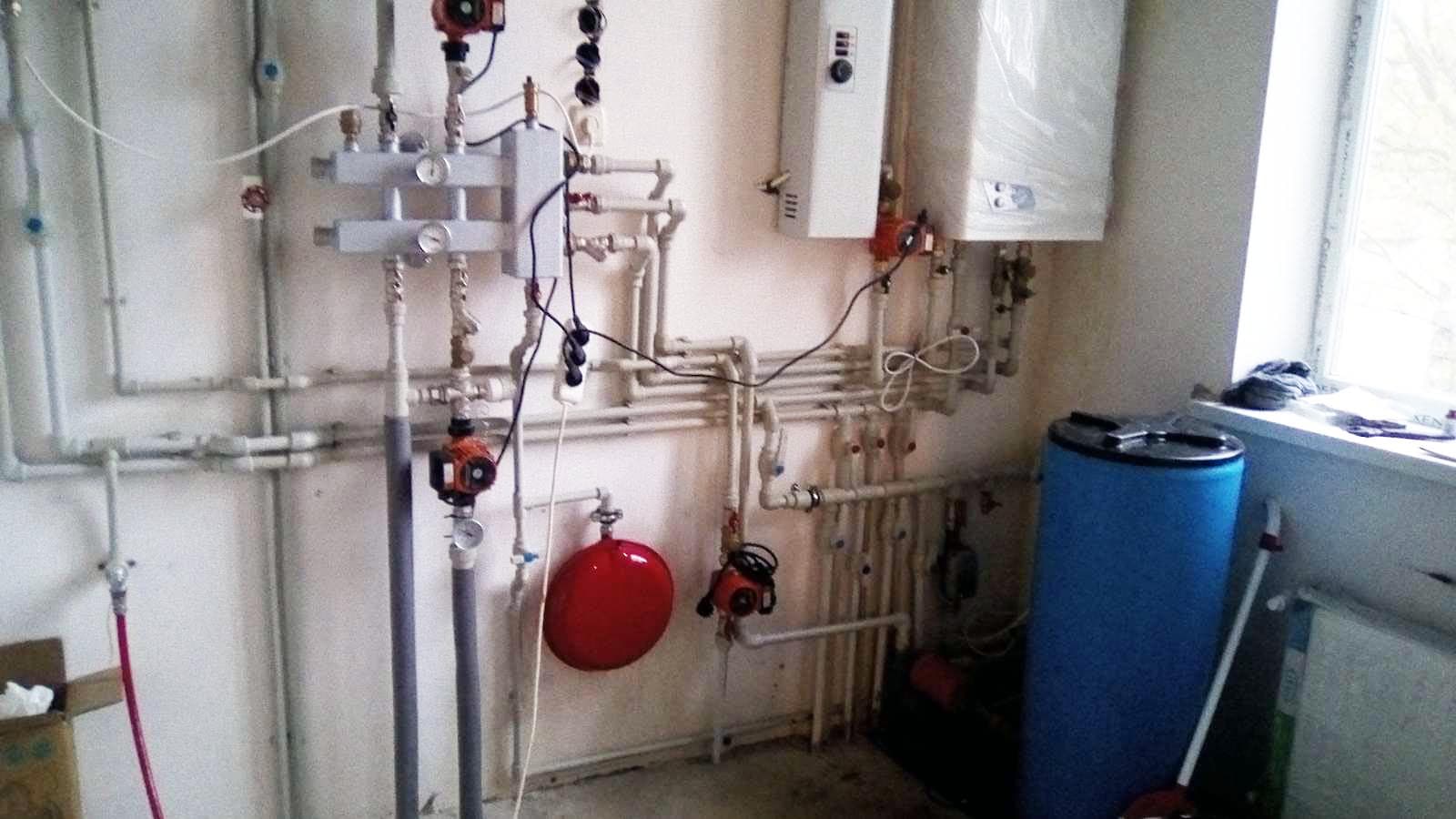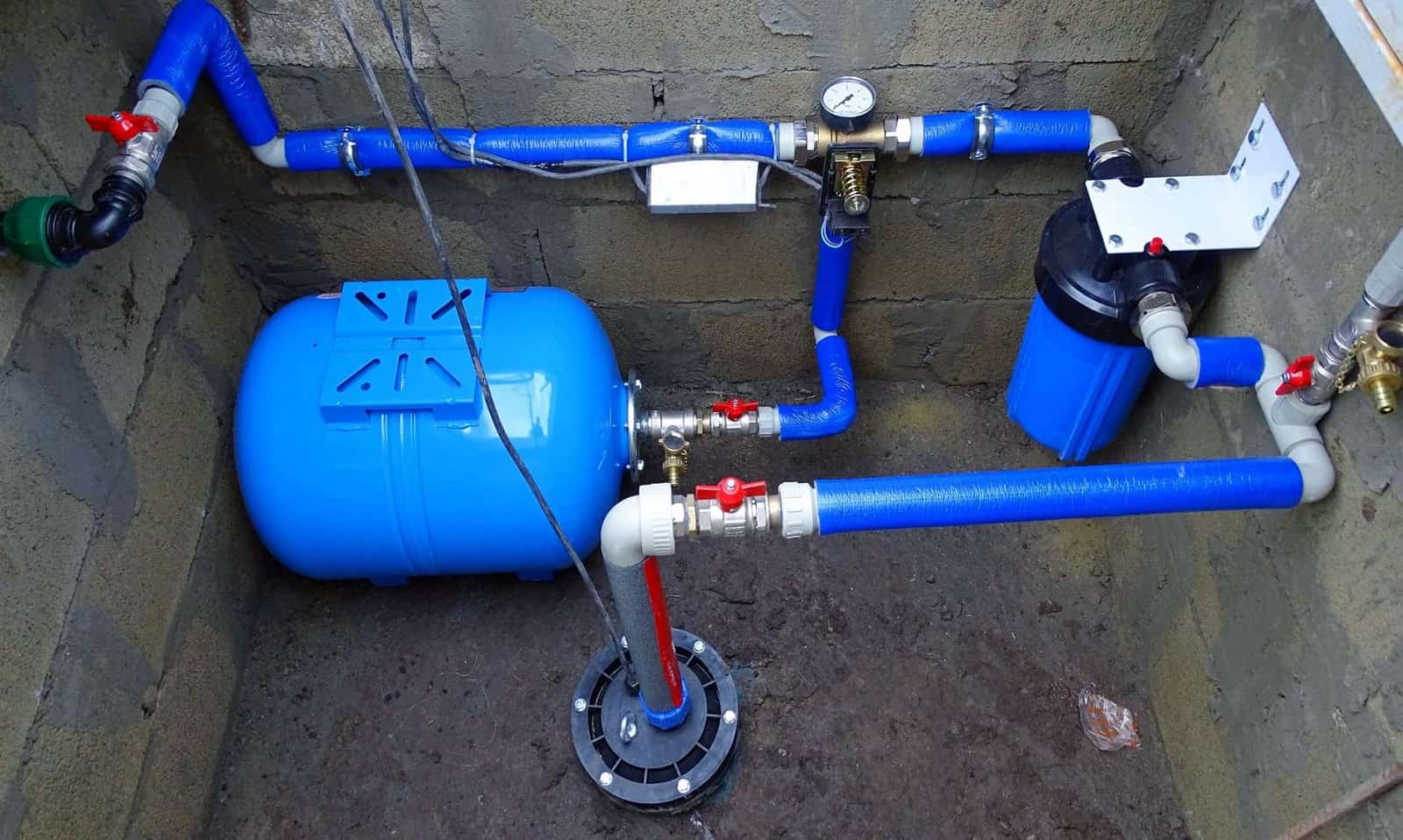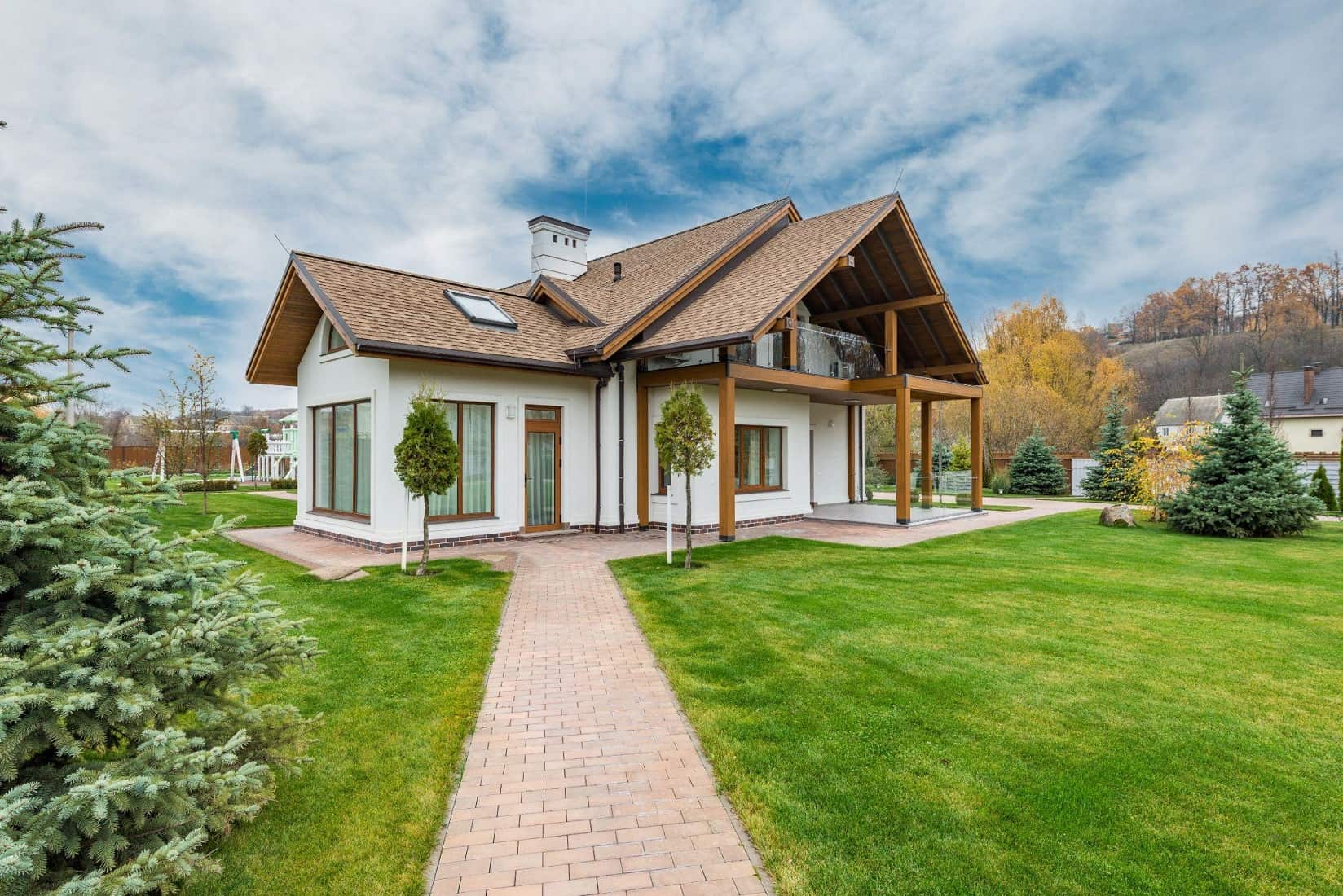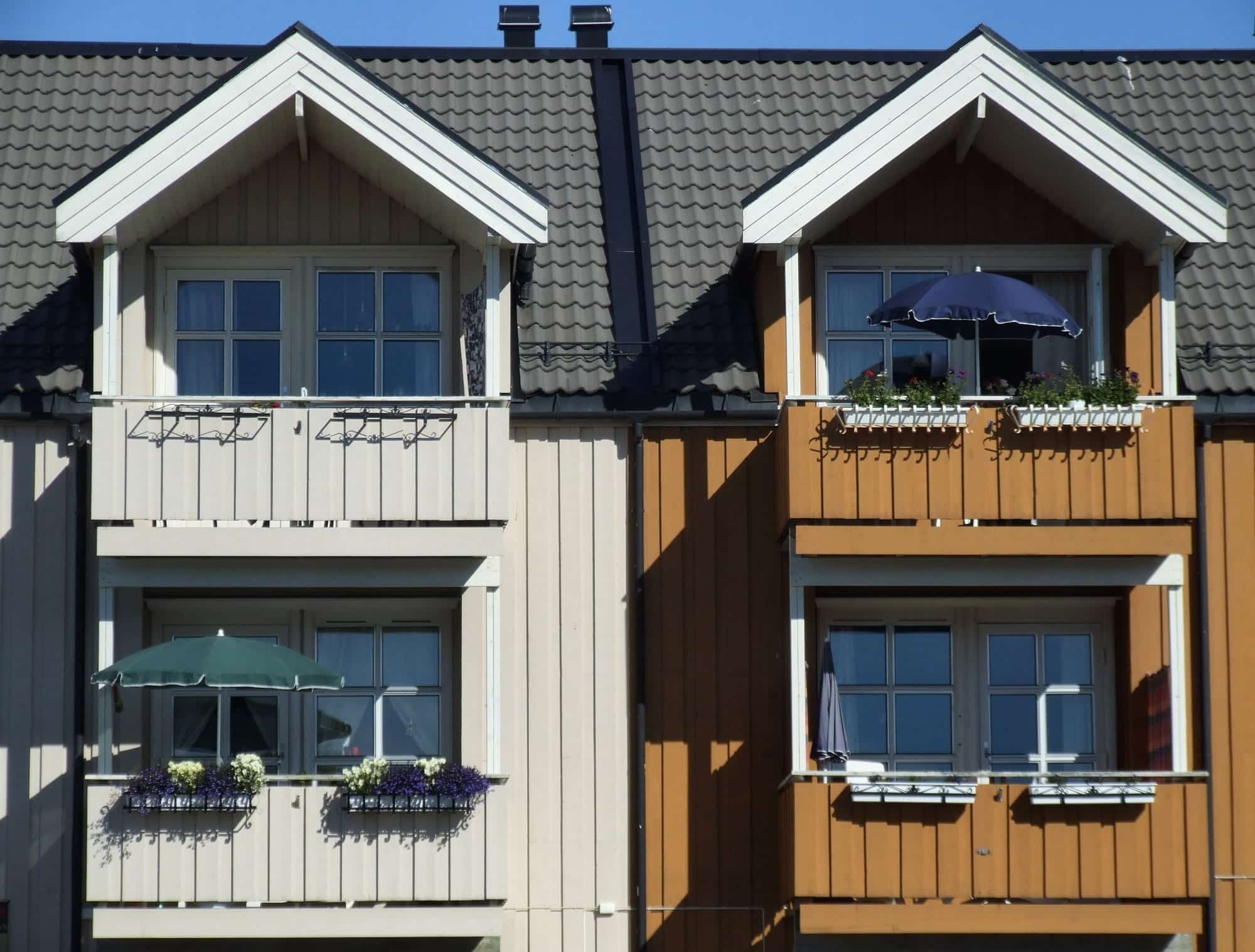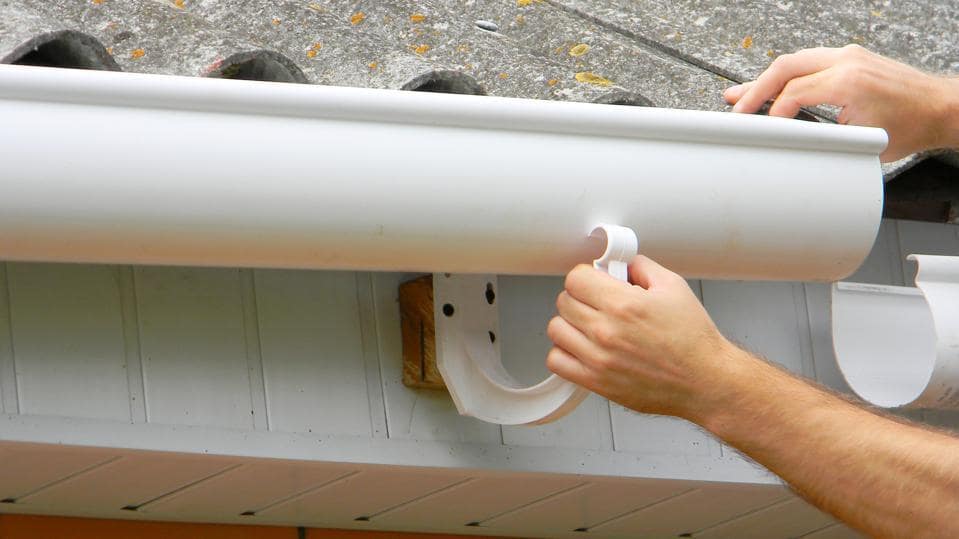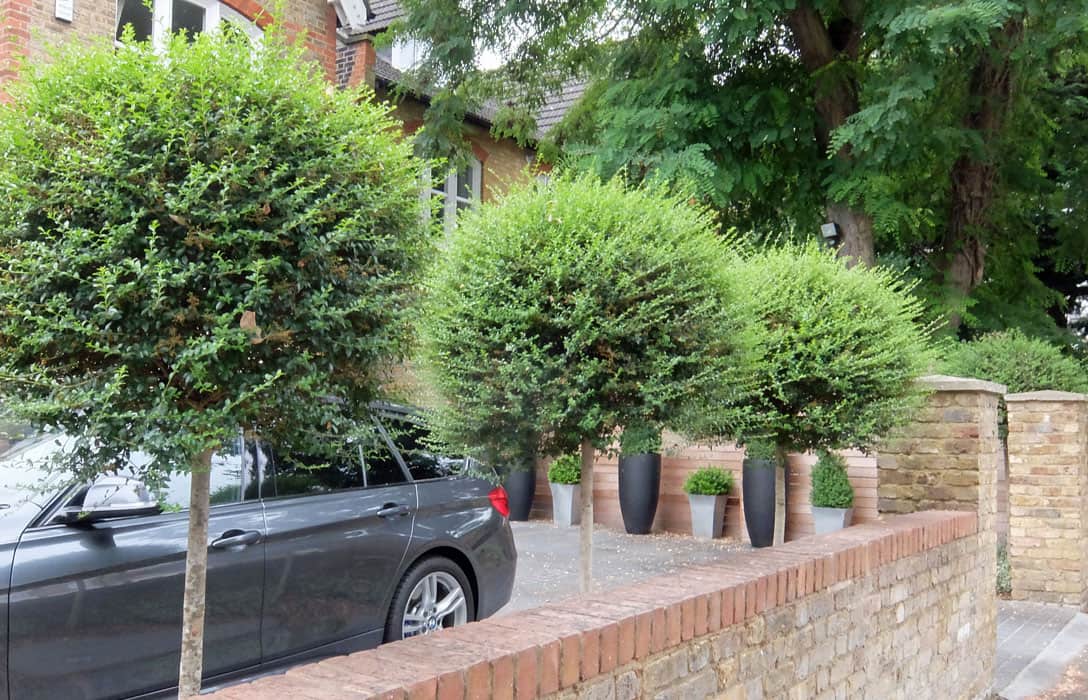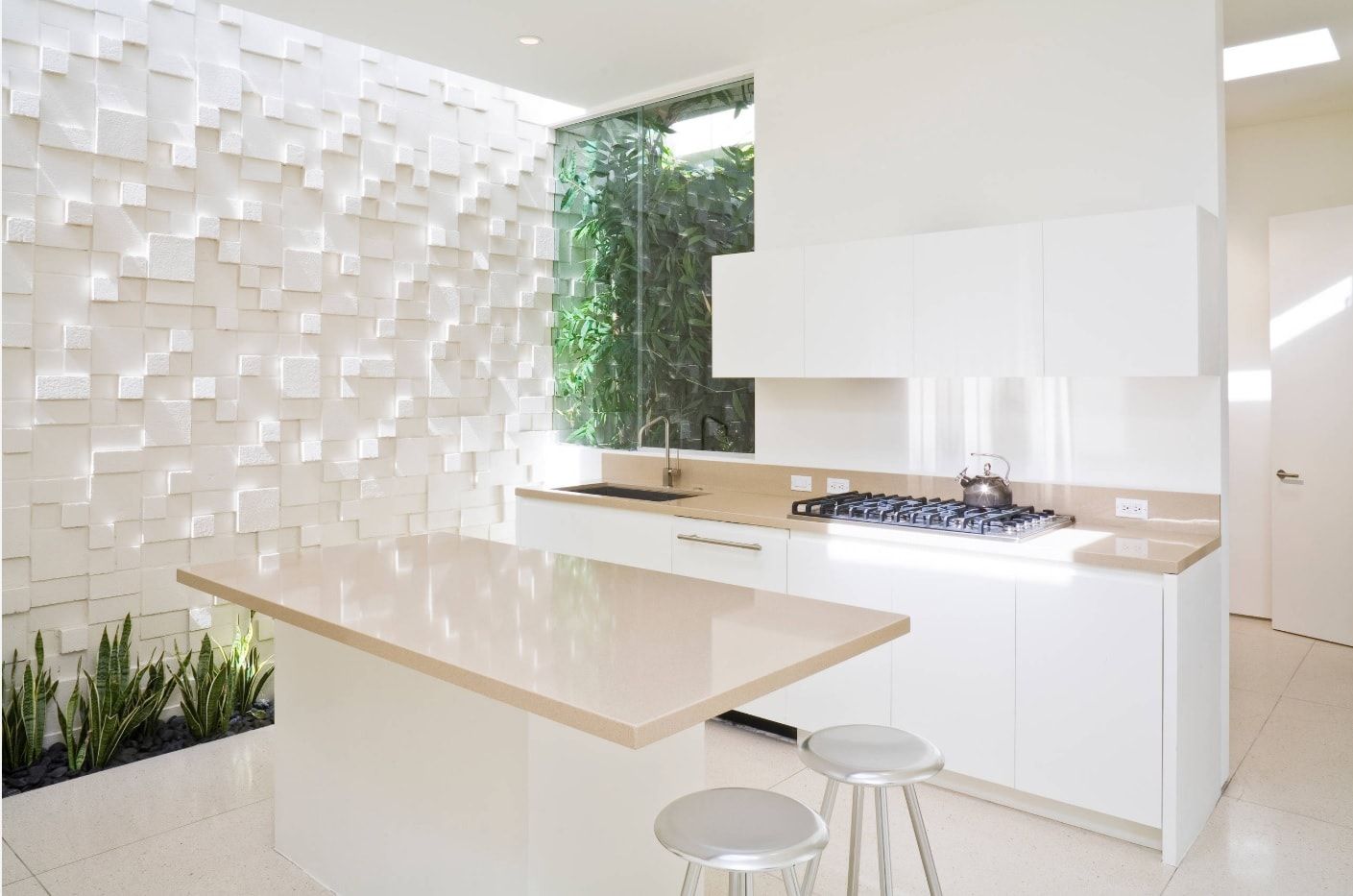It’s essential to put a lot of time and effort into planning and preparation before beginning construction on a new home. In addition to the cosmetic aspects, preparing for the plumbing, heating, ventilation, air conditioning (HVAC), and building materials while creating a new home is vital.
The construction of a house without proper preparation can cause concern and frustration. For example, leaks and expensive water damage might result from inadequate plumbing, which can occur over time. Check to see that the plumbing was installed so that you can avoid any problems. The following are some valuable and safe tips that may be used while installing the plumbing in a new home.
1. Protected Permits
Getting the necessary permits is the first step before building a plumbing system. It may take some time, but it’s worth it to get the licenses required to make sure your house is up to code and safe for your family. A plumbing permit is necessary so that experts may examine your system for flaws in design and fix them before they cause problems for you and your family.
2. Consider Your Plumbing Requirements
When planning a plumbing system, it’s essential to consider immediate and long-term demands. This necessitates careful planning before installing water or sewage fixtures like drain lines or sewers.
If you want to save money on plumbing repairs in the future, it’s best to take care of all your current water demand now while you have easy access to the necessary plumbing.
Having an adequate outdoor plumbing connection that you may utilize throughout the house is also something to think about. By planning, ensure your pipes are strong and can withstand harsh winter conditions.
3. Centralize Plumbing
To make future maintenance and repairs to a plumbing system less hassle. Putting all the necessary components in the same general area is essential. You should coordinate the installation of the following appliances:
- Water Softener
- Hot-Water-Heater
- Furnace
- Hook-Up to the Sewer
- Septic Tank
- A Sump Pump
You can place everything in the basement, which is the most suitable location because it won’t be seen. If you don’t have a basement, you may still install them discretely by putting them in a utility closet on the main level.
4. Invest in a Water Softener
Water softeners are an excellent solution for households that deal with hard water. Even if you aren’t having any problems now, you should still think about installing one so that you’ll be prepared to deal with it in the future.
Water softeners will be expensive and difficult to install later, so it makes financial sense to include one in your house design now. It would help if you always had the long term when putting something into your home. If you plan, you may save money and prevent the hassle of buying and installing brand-new components for your system.
5. Participating In A Shared Wet Wall
Sharing a damp wall with another person might help you save money if you are building a house. The following is a definition of a wet wall: Behind what is referred to as a “wet wall,” the plumbing, water lines, and ventilation ducts are all concealed. If you do not have a separate wet wall for the kitchen and bathroom, as is usual in the majority of houses, you may be able to save some money.
A floor plan can be designed so that two or more toilets are positioned on the same wall, or a kitchen and a laundry room can be located on the same “wet” border. Both of these configurations are viable.
By lowering the amount of time and supplies required for the job, having a common wet wall can help decrease expenses. If all of your plumbing lines are concentrated in one area, you will have a much easier time doing maintenance and repairs.
6. Faucet And Toilet Maintenance
The rubber flapper and plastic cartridge located in your toilet’s water supply will eventually become worn out. You don’t need the assistance of an expert to replace a broken sink or toilet in your bathroom. You can do it yourself. The new ones may be acquired for a low price and come with easy-to-follow instructions for a do-it-yourself installation of the faucet.
Do not be afraid to attempt to change a cartridge or flapper if it has to be done so due to leakage. Getting begun in a flash only requires the removal of a few short screws. If you already have aid available, there is no reason to go out and pay for the services of another individual.
7. Prepare Emergency Supplies
Maintain proximity to all of the plumbing tools you own at all times. Preparing for an unforeseen event, such as a water leak, is necessary. The project requires several different tools, including a plunger, some paper rolls, some duct tape, a screwdriver, and some towel rags.
Always have a set of hex keys on hand so that you can adjust the tiny bolts and fix various plumbing problems swiftly. You should also be aware that your plumbing problems are tough to determine. Make sure you have a list of qualified and licensed emergency plumbers in your neighborhood that you can call and that this list is easily accessible.
8. Use Common Household Items
Before you call a plumber for help, you should make an effort to resolve the plumbing issue yourself using one of the many straightforward and low-cost solutions available. Among the many home devices that can be of assistance, mention should be made of drain snakes, the dishwasher, and buckets of water.
Putting a bucket of water into a toilet bowl that isn’t working is a solution that has been tried and tested over the years. The easiest way to determine whether or not a toilet is blocked is to pour water down the drain quickly. Clearing clogs from plumbing fixtures like showers, sinks, and bathrooms may also need plumbing tools like plungers and drain snakes.

